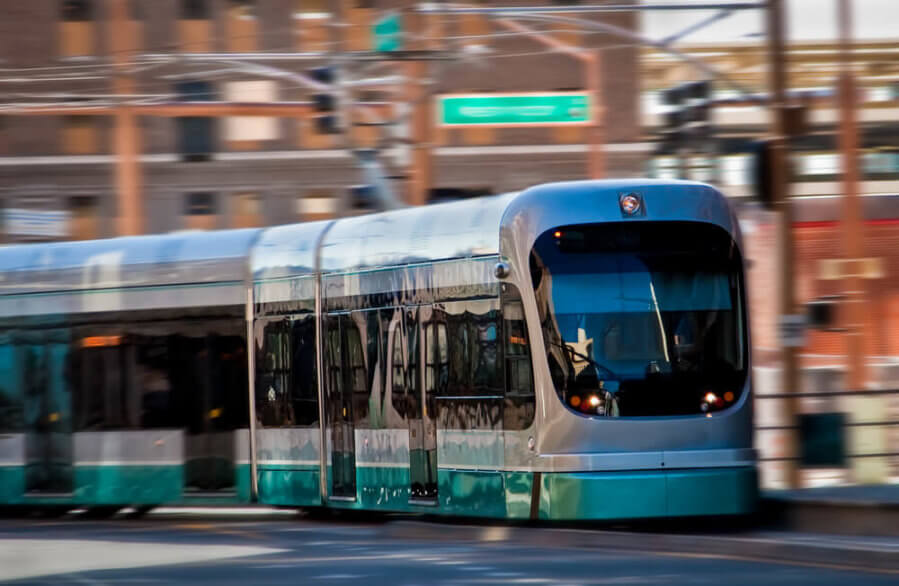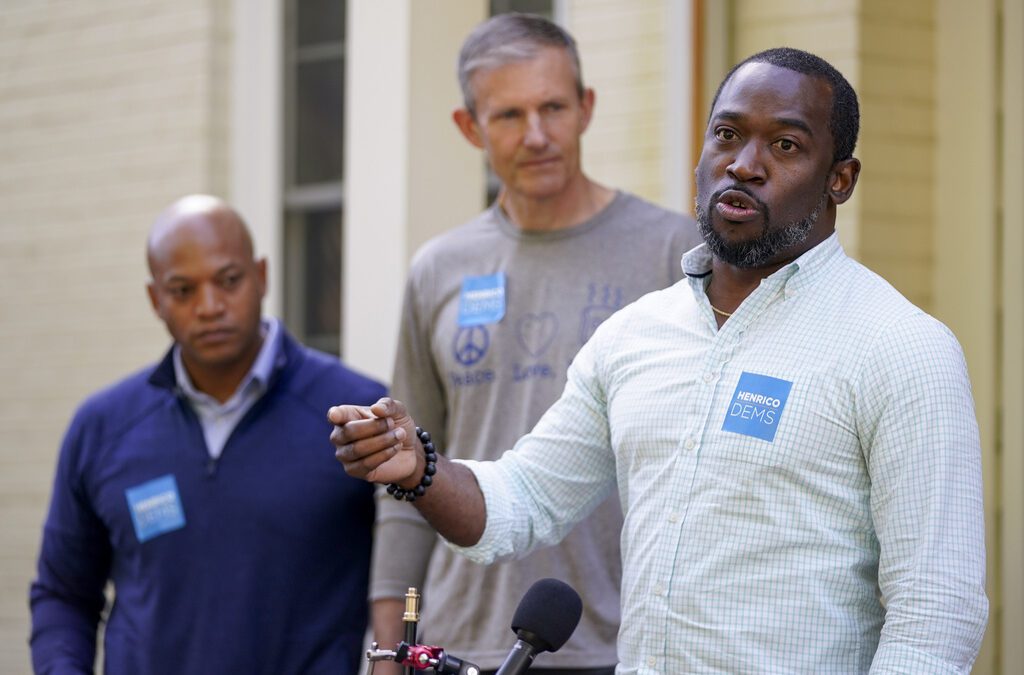
Where does the plan for New River Valley Rail go from here? When can residents expect to see construction?
CHRISTIANSBURG – “There’s a renaissance of passenger rail in this country.” That’s what New River Valley Passenger Rail spokesperson Larry Hincker said during an interview March 9. Across the country, more and more people are interested in traveling on trains. Thanks to legislation that passed both chambers of the Virginia General Assembly this year, the New River Valley has an opportunity to be part of the revolution.
Years of Activism Pay Off
For years, advocates of passenger rail have lobbied to extend Amtrak service into Southwest Virginia. Champions of the cause were further energized after the unique success of a new station in Roanoke. The station, which opened in 2017, is now the most popular single-train, state-supported route in Virginia. According to a recent editorial in The Roanoke Times, the route is even profitable.
Proponents of extending passenger rail service south of Roanoke believe it’s another revenue opportunity for Amtrak. However, the logistics of opening a station in the region are a bit more complicated than elsewhere in Virginia.
Regional Authority Approved for New River Valley
The Amtrak stations in Charlottesville, Lynchburg and Roanoke are all managed by their respective cities, Hincker explained. But there isn’t a single entity in the New River Valley capable of bank-rolling that kind of project. Several local entities—including the towns of Christiansburg and Blacksburg, Virginia Tech, and Radford University—sought the ability to pool their resources for the potential station.
That’s exactly what HB 1893, sponsored by Del. Chris Hurst (D-Blacksburg), lets them do. “It’s strictly enabling legislation,” Hincker said. Now that the localities are empowered to form an authority, he said, “We presume that everybody that’s been players so far would be players in the future, but they still would need to make a formal commitment.”
There are several other examples of regional authorities in the area, including for water and sewer services, that have been successful.
Budget Amendment Provides Funding
Advocates for regional rail in the New River Valley achieved more than one victory this session, though. In addition to HB 1893 (and its companion Senate bill) heading to the governor’s desk, the project also garnered tangible support in the budget. An $83.5 million amendment to the state budget is allocated for extending rail service into the region.
“A lot of people are buoyed by it. We are feeling good about the trajectory, we feel good about the momentum,” Hincker said. “The fact that this is being accompanied by real money in the budget,” he added, bodes well for the project.
Advocates Sketch Out Next Steps
Of course, the budget amendment will only get the ball rolling for the passenger rail project. Stakeholders anticipate hundreds of thousands in annual expenses even after a station is built. Asked how various members of the regional authority would contribute to such expenses, Hincker said it’s too soon to tell. “It remains to be seen, because there is no station,” he said. “It really is too soon to be talking about dollars and cents.”
More urgent priorities, Hincker said, include finalizing a location for the station and acquiring formal design plans. Right now, advocates anticipate the station will be located in Christiansburg.
The state also needs to settle negotiations between Norfolk Southern, the private owner of railways in the region, and Amtrak. On that front, Hincker is optimistic. “The Department of Rail and Public Transportation (DRPT) is feeling good about the future of passenger rail, and they have told us they are making progress with the negotiations,” he said. He added, “The state is pleased with what we’ve been doing and obviously we’re very pleased with what they’ve been doing.”
State Supports Transit Goals
DRPT Director Jennifer Mitchell could not immediately be reached for comment. However, Haley Glynn, a public relations and marketing specialist at the agency, provided context for the significance of the new authority. “The localities will be able to enter into revenue-sharing agreements and issue bonds,” Glynn said. This, she added, will allow authority members “to pool their resources for a local contribution to this multi-million dollar initiative.”
Glynn also noted that negotiations with Norfolk Southern are ongoing.
But Hincker said Virginia Secretary of Transportation Shannon Valentine has met with members of NRV Passenger Rail in the past and was “very positive” about their project. At a transit roundtable with Sen. Mark Warner on Feb. 19, Valentine said flexible-use COVID relief funding could help see the project to completion.
“Norfolk Southern is at the table, but doesn’t have the resources to get it done,” she said during the meeting. Relief funds could help “to fulfill the visions that we’ve all been working on.”
New River Valley Rail Provides Benefits
Hincker said “there are a number of reasons” passenger rail service will benefit the New River Valley. At the top of the list, he said, is that “it will help alleviate some problems we have on a very, very tough roadway here in western Virginia, Interstate 81.” Del. Sam Rasoul (D-Roanoke) likewise cited passenger rail as a potential solution to congestion on the highway, which sees extensive passenger and freight traffic.
Passenger rail would also support increased economic development, Hincker said. It would help existing NRV residents who travel for work. “I’m telling you, one of the main reasons why the Lynchburg and Roanoke service has been so successful is that there’s a lot of business traffic” to New York and Washington, D.C., Hincker said. “They get on that train, and they work. It becomes like an extended office.”
Politics

Democratic shakeup in Virginia primaries for governor, lieutenant governor
Richmond Mayor Levar Stoney quit his bid for governor and jumped into the race to be the Democratic nominee for lieutenant governor. The race for...

New Biden rule protects privacy of women seeking abortions
Under the new rules, state officials and law enforcement cannot obtain medical records related to lawful reproductive health care with the goal of...
Local News

Virginia verses: Celebrating 5 poetic icons for National Poetry Month
There’s no shortage of great writers when it comes to our commonwealth. From the haunting verses of Edgar Allan Poe, who found solace in Richmond's...

Join the fun: Recapping Family Literacy Night’s storybook adventures
When’s the last time you read a book aloud with a loved one? If it’s difficult to answer that question, then maybe it’s time to dust off that TBR...




